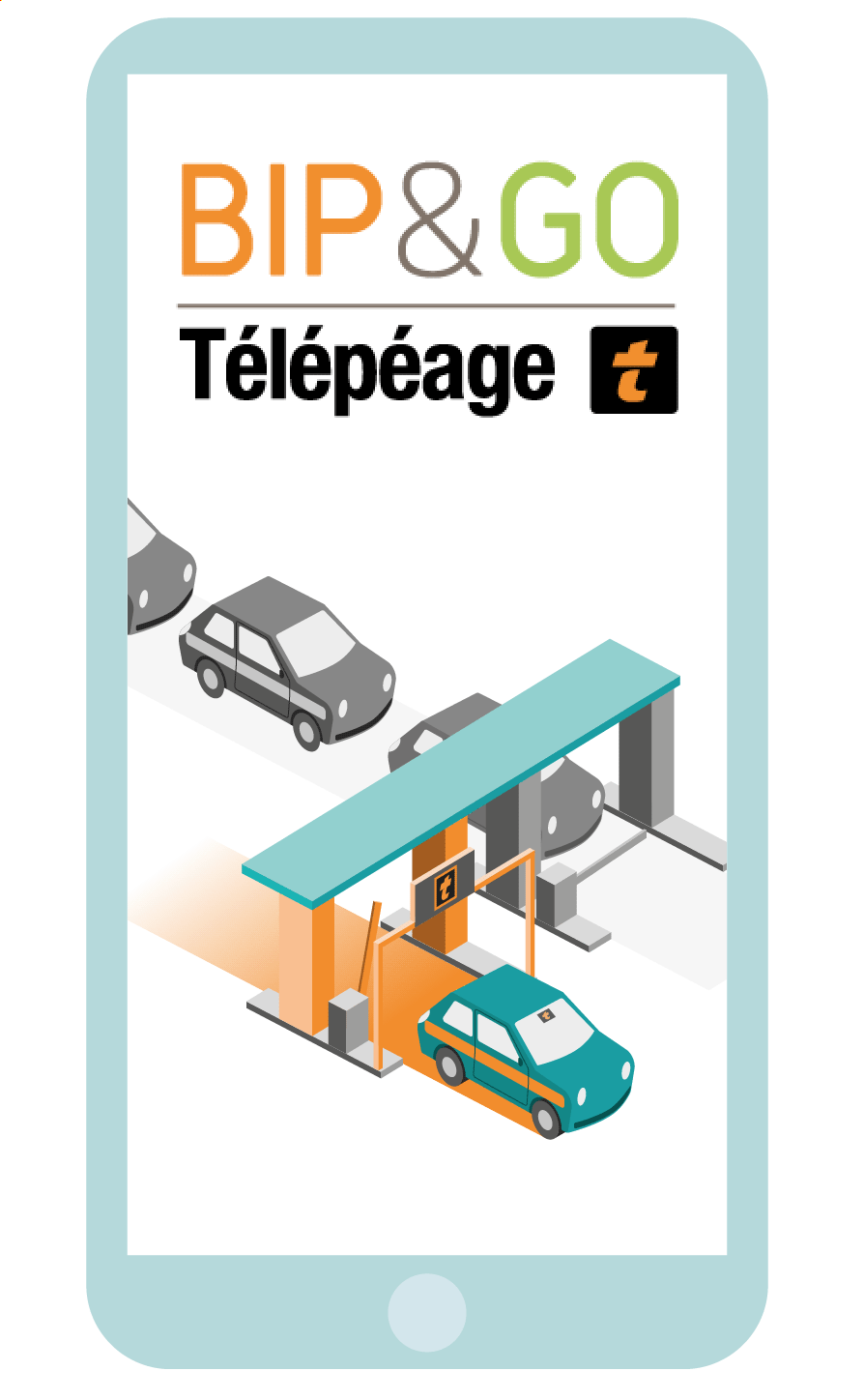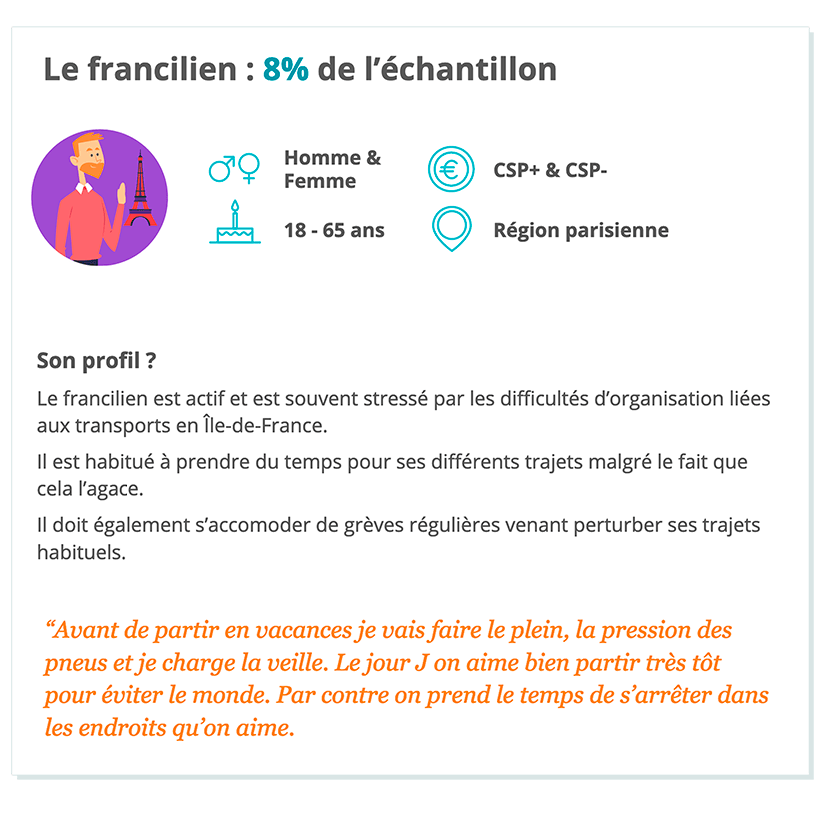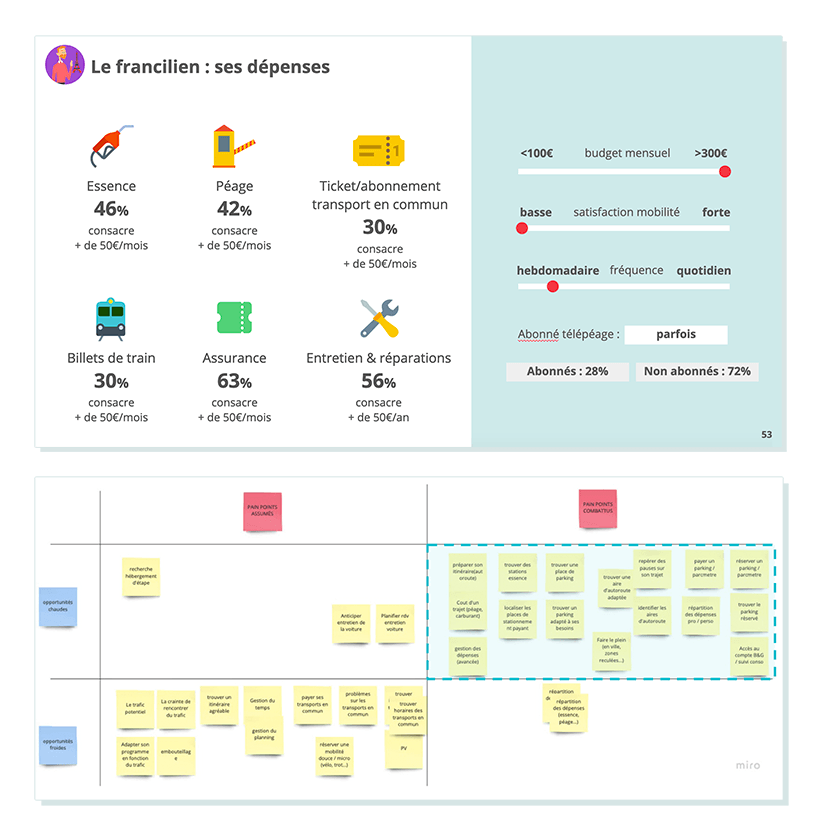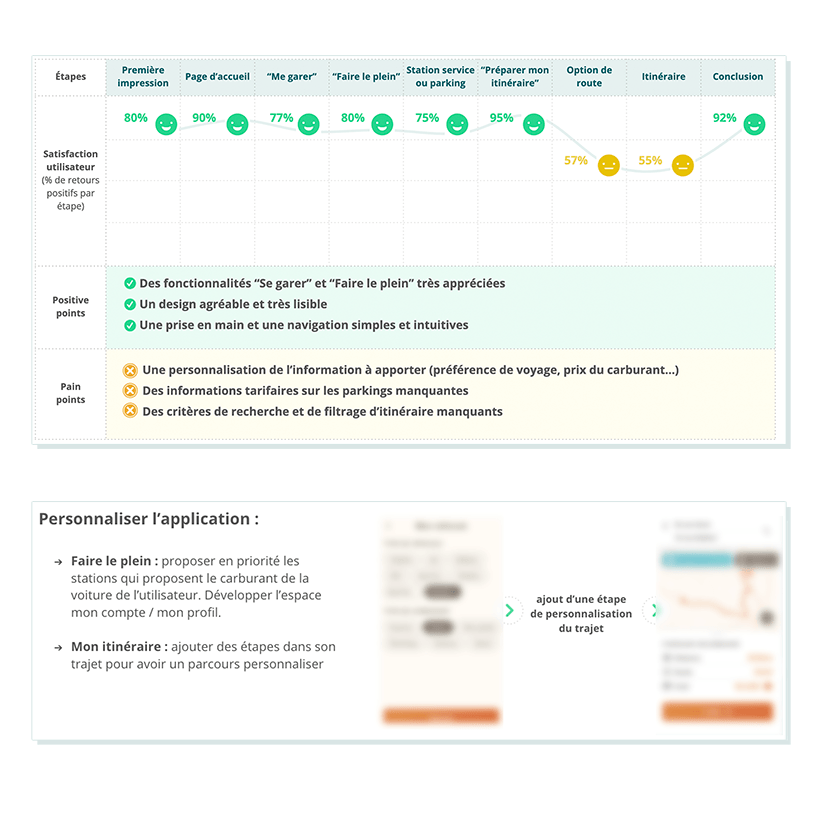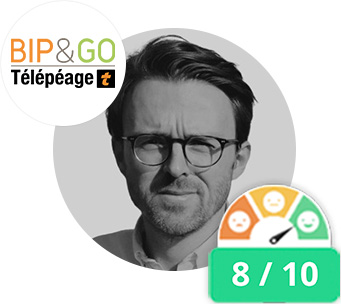Creating a mobile application through design thinking
Customer story: Bip&Go
Innovating in the mobility apps market
- Bip&Go, a subsidiary of Sanef group, sells subscriptions for the highway toll system Liber t. This offer gives drivers simple and quick access to the system. Bip&Go wants to increase their services while allowing customers to simply access their account through a mobile app. Furthermore, the marketing direction envisions drivers' expectations and needs about mobility in a broader way.
- Bip&Go aims to invest more widely in the market, with new services for its current customers and also opening up to new targets.
- The Bip&Go team is convinced that existing mobility apps are not fully covering customers' needs and asks for a better market understanding of the market.
